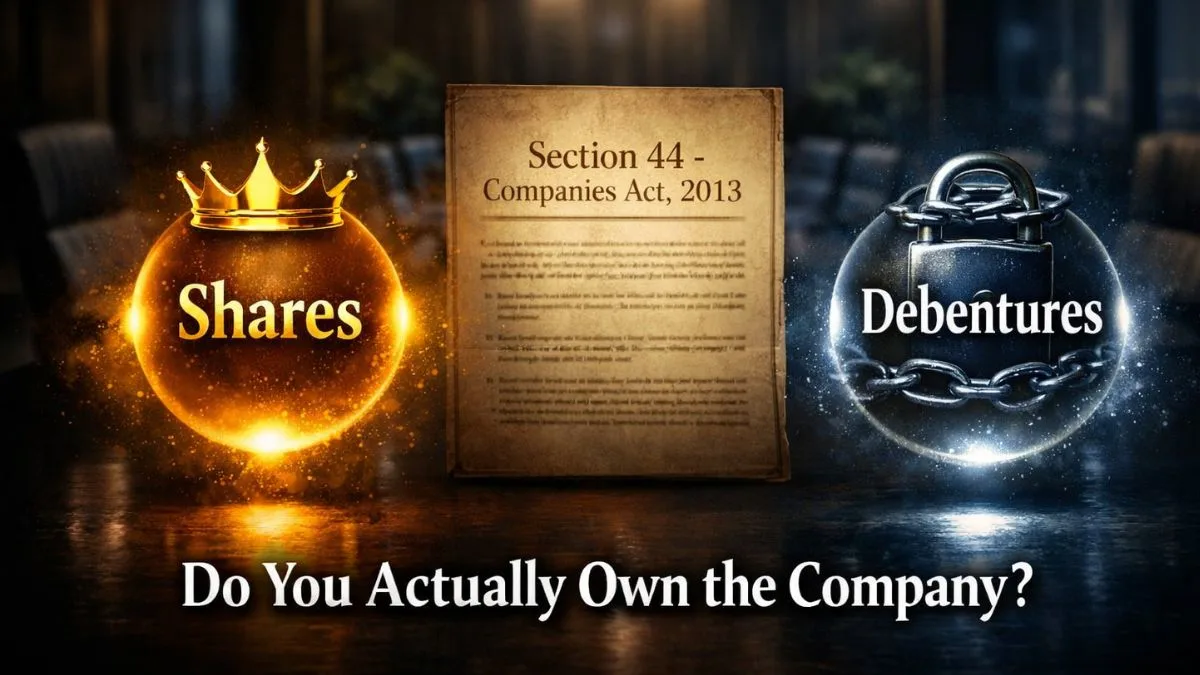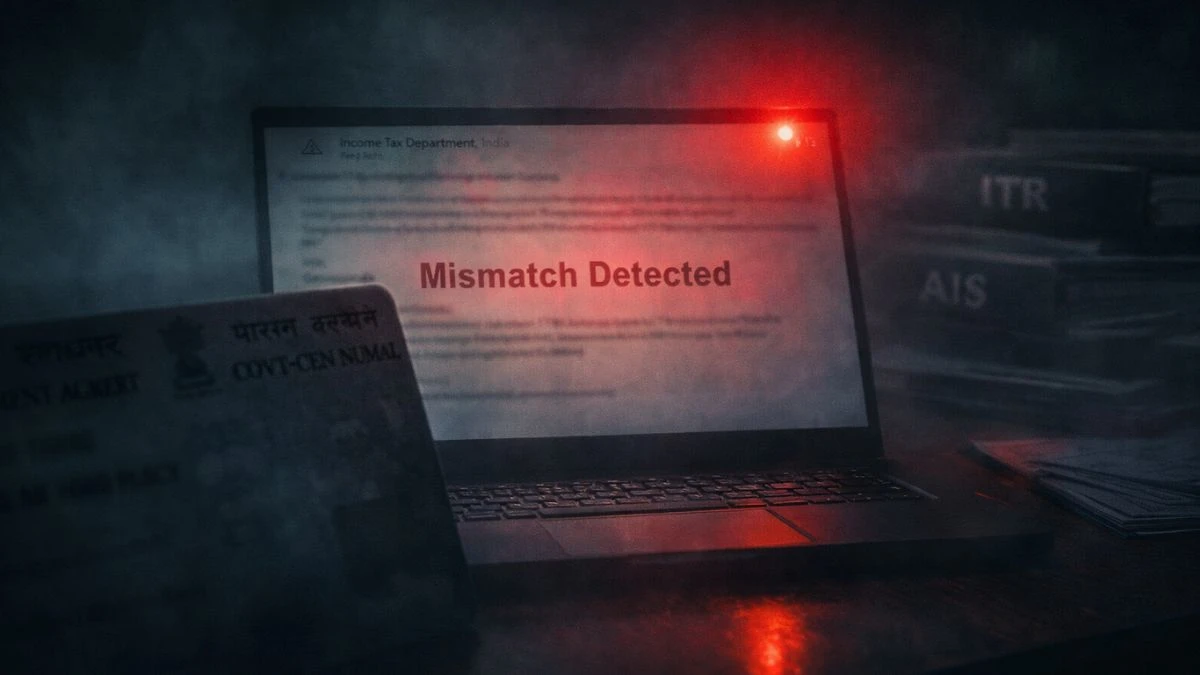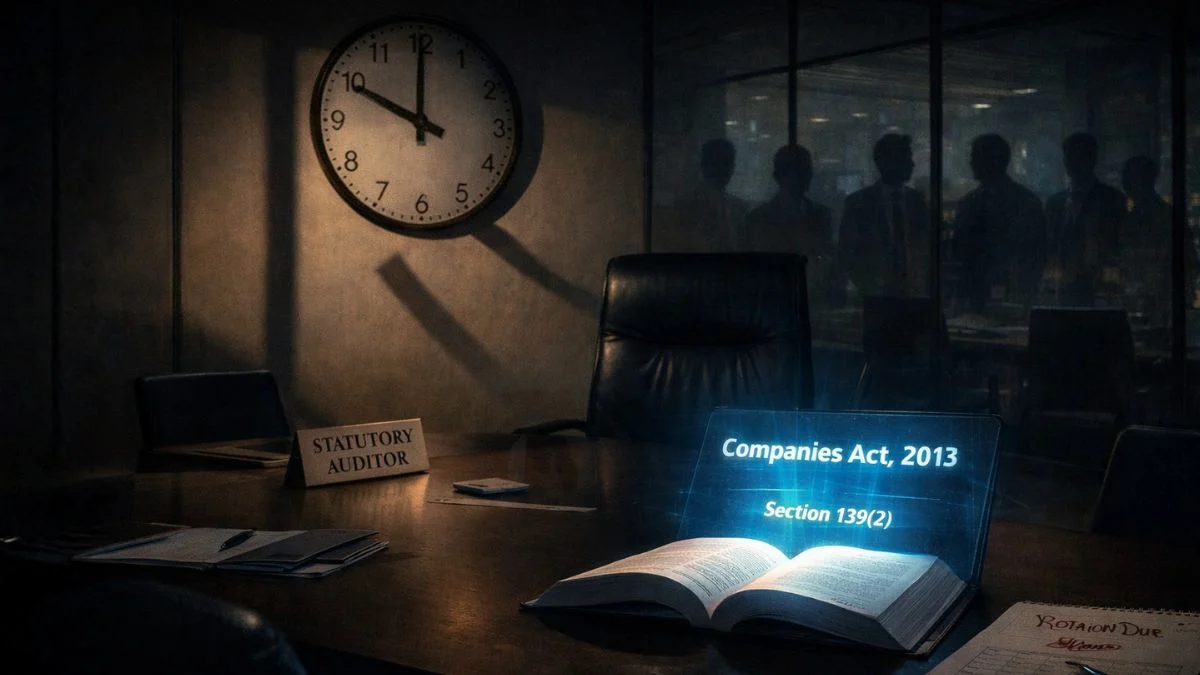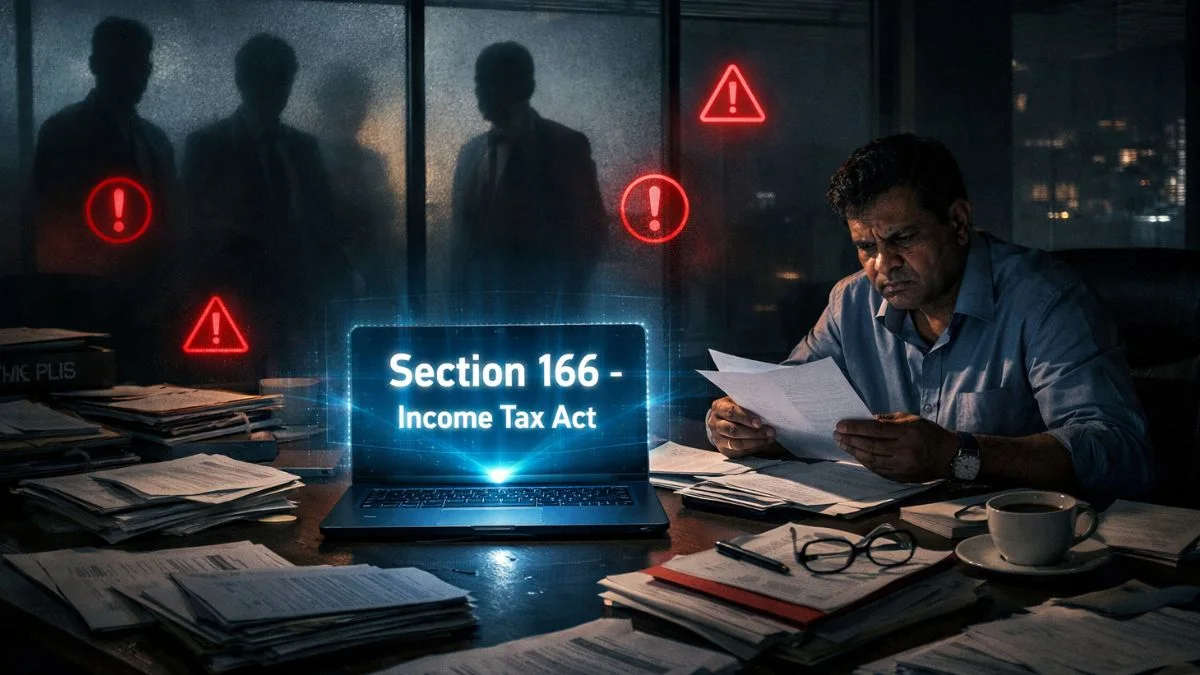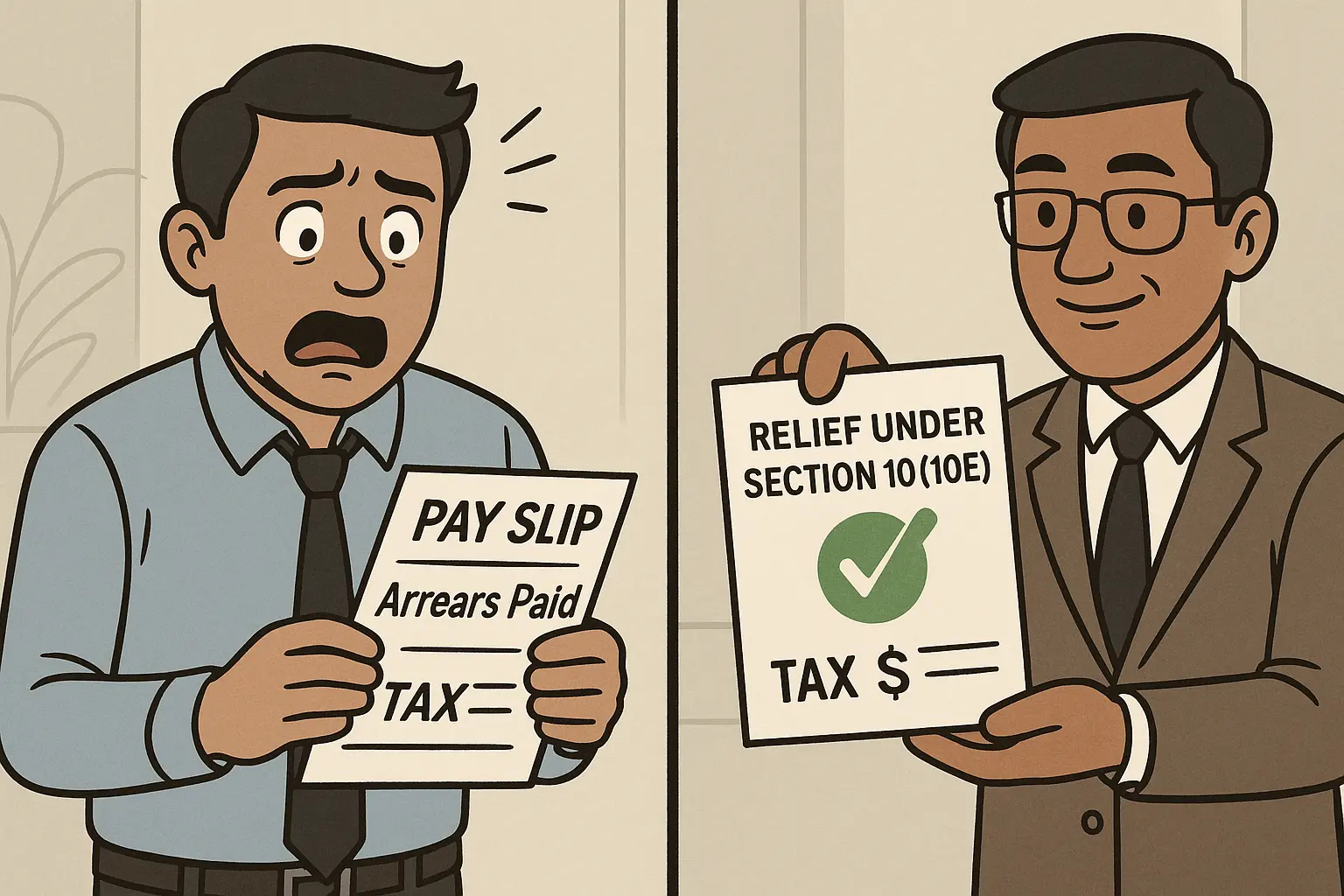
If you thought that companies paying zero tax due to heavy exemptions and deductions is a thing of the past, you’re right! To curb such practices, the Indian government introduced Section 115JB of the Income Tax Act, popularly known as MAT (Minimum Alternate Tax).
This provision ensures that every company pays a minimum amount of tax, even if, after claiming all exemptions and deductions, their tax liability is technically zero. In short, every company has to pay MAT if its tax on book profits is higher than the normal tax computed under income tax provisions.
Let’s break it down in a simple, easy-to-understand way.
What is Section 115JB of the Income Tax Act?
Section 115JB of the Income Tax Act is a special provision for payment of tax by certain companies to ensure that companies with substantial income but low or no tax liability (due to various tax incentives) still contribute a minimum tax to the government.
This section is also known as the MAT (Minimum Alternate Tax) provision.
- The tax liability as per the MAT provisions is given in Section 115JB.
- MAT is calculated on book profits as per the company’s financial statements, not as per taxable income."
Why was Section 115JB Introduced?
The idea behind Section 115JB of the Income Tax Act, 1961, was to prevent companies from taking undue advantage of tax deduction benefits. Before MAT, several profitable companies managed to pay zero or minimal tax using various exemptions.
To plug this loophole, MAT was introduced to ensure a minimum tax payment based on the profits shown in the books of accounts, not just taxable income.
Key Provisions of Section 115JB:
Here are the crucial points you need to understand:
✅ Applicability: Section 115JB applies to all companies—domestic or foreign—that are registered in India.
✅ Calculation of Book Profit: Companies need to compute their book profits after making specific adjustments prescribed under Section 115JB.
✅ MAT Rate: The current MAT rate under Section 115JB of the Income Tax Act is generally 15% (plus surcharge and cess as applicable).
✅ Every company has to pay MAT if the tax computed under MAT is higher than the normal income tax payable.
✅ Companies covered under Section 115JB(2), 115JB(2A), 115JB(2B), and 115JB(4) must comply with these rules.
✅ There are certain exceptions where the provision of Section 115JB is not applicable, such as the income of specific foreign companies.
How to Compute MAT under Section 115JB?
To compute tax under the MAT provisions, follow these steps:
1️⃣ Compute Net Profit as per the Profit & Loss Account.
2️⃣ Make the prescribed additions (such as income tax, deferred tax, provisions for unascertained liabilities, etc.).
3️⃣ Make the prescribed deductions (such as amounts withdrawn from reserves, depreciation, etc.).
4️⃣ The result is your Book Profit.
5️⃣ Apply the MAT rate to this Book Profit to arrive at your MAT liability.
👉 Special provision for payment of tax by certain companies applies here—every company falling within this ambit must pay MAT, no matter what their normal tax liability says."
When Section 115JB is Not Applicable
Certain companies are not required to pay MAT under Section 115JB of the Income Tax Act:
- Companies located in SEZs (Special Economic Zones) can operate under certain conditions.
- Foreign companies whose total income consists only of capital gains, royalties, or fees for technical services.
📌 The provision of Section 115JB is not applicable in the following cases, ensuring fairness & avoiding double taxation for some international companies.
Real-Life Example to Understand MAT:
Let’s say a company reports a book profit of ₹10 crores, but after deductions, its taxable income is only ₹1 crore. Its normal income tax liability is ₹26 lakhs (assuming a 26% tax rate). But under MAT (15% of ₹10 crores = ₹1.5 crores), the company must pay ₹1.5 crores in tax.
Thus, Section 115JB ensures a minimum tax contribution.
Recent Changes and Updates
The amendments to Section 115JB of the Income Tax Act over the years have aimed to:
- Reduce the MAT rate (from 18.5% to 15%).
- Exclude certain income and companies from MAT’s scope.
Notably, from AY 2020-21 onwards, specific provisions have been relaxed to support businesses in line with government policy."
FAQs on Section 115JB:
Q1. Is MAT applicable to all companies?
👉 Yes, every company has to pay MAT if its regular tax is less than the tax under Section 115JB.
Q2. What is the current MAT rate under Section 115JB?
📊 The MAT rate is 15% plus applicable surcharge and cess.
Q3. How is MAT different from normal income tax?
💡 MAT is based on book profits, while normal tax is based on taxable profits.
Q4. Can MAT be carried forward?
✅ Yes, MAT credit can be carried forward for up to 15 assessment years.
Q5. Is MAT applicable to foreign companies?
🌍 In most cases, yes—but there are exceptions where Section 115JB does not apply to specific foreign entities.
Conclusion
In summary, Section 115JB of the Income Tax Act plays a crucial role in maintaining tax equity by ensuring that every company contributes its fair share, even when exemptions & deductions reduce their taxable income. By applying MAT provisions under Section 115JB, the government ensures that companies can’t entirely escape taxation.
This special provision for payment of tax by certain companies strengthens the tax framework & closes gaps that allowed companies to avoid taxes.
Still unsure how Section 115JB affects your company’s taxes? Don’t worry—our expert team at Callmyca.com can help you navigate MAT, optimize your tax, and ensure full compliance—hassle-free!


